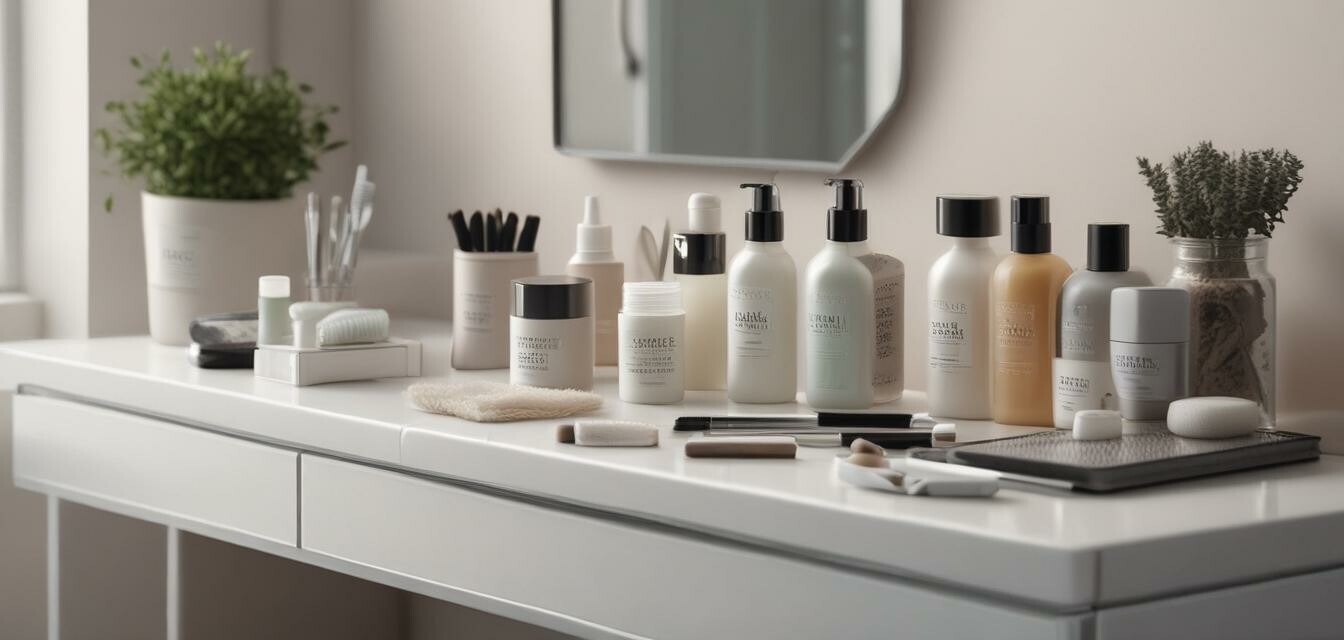
This article was generated using AI and is based on real customer reviews from the Amazon platform. It contains affiliate links, meaning we may earn a commission—at no extra cost to you. As Amazon Associates, we earn from qualifying purchases.
Common Mistakes to Avoid When Cleaning Facial Tools
Key Takeaways
- Use appropriate cleaning solutions for different facial tools.
- Avoid using harsh chemicals that can damage tools.
- Regular maintenance is key to tool longevity.
- Know the right methods for various materials.
- Consistently sanitize tools to prevent bacteria buildup.
Keeping facial tools clean is essential for maintaining hygiene and ensuring optimal performance. However, many people make common mistakes during the cleaning process that can compromise the effectiveness of their tools. In this article, we’ll identify typical cleaning mistakes and provide best practices to help you keep your facial tools in top condition and bacteria-free.
Common Mistakes to Avoid
1. Using the wrong cleaning products
Many users may not realize that different facial tools require specific cleaning solutions. For instance, using a heavy-duty cleaner on delicate brushes can lead to damage, while a simple soap may not effectively sanitize tools.
2. Skipping the sanitizing step
It's not enough to wash your tools with water and soap. Proper sanitation is crucial for preventing bacteria and buildup. Make sure to use appropriate sanitizers designed for beauty tools.
3. Neglecting regular cleaning schedules
Another common mistake is not establishing a regular cleaning routine. Facial tools accumulate dirt and germs over time, so regular maintenance is essential for keeping them clean.
4. Not drying tools properly
Rushing to use tools before they are fully dried can lead to mold and bacteria growth. Ensure that your tools are dried thoroughly before storing them.
5. Storing tools while still dirty
Storing dirty tools can lead to cross-contamination. Always clean and dry your tools before putting them away.
Best Practices for Cleaning Facial Tools
Now that we’ve covered the common mistakes, let’s look at the best practices for keeping your facial tools clean and functional.
- Choose the right cleaning solutions: Depending on the tool, select a cleaning agent that is effective yet gentle.
- Establish a cleaning schedule: Create a weekly or monthly checklist for cleaning tools to ensure regular maintenance.
- Dry completely: Let your tools air dry on a clean towel after washing to avoid moisture accumulation.
- Use tool-specific cleaning methods: Some tools may require specific cleaning methods. For example, sponges and puffs should be cleaned differently than brushes.
- Always sanitize tools: After washing, apply a safe sanitizer to eliminate any remaining germs.
| Tool Type | Recommended Cleaning Solution | Cleaning Frequency |
|---|---|---|
| Makeup brushes | Gentle soap or brush cleaner | Weekly |
| Beauty sponges | Liquid soap | After each use |
| Facial cleansing devices | Device-specific cleaner | Daily or as per manufacturer’s instructions |
| Nail tools | Alcohol or nail tool sanitizer | After each use |
Tips for Beginners
- Start with a gentle cleaner; you can always move to stronger solutions as needed.
- Follow manufacturer instructions for specific cleaning methods.
- Always keep your cleaning area tidy to make the process easier.
- Keep a log of your cleaning schedule to help you stay consistent.
Conclusion
Cleaning your facial tools might seem straightforward, but avoiding common pitfalls can make a significant difference in their effectiveness and longevity. By adhering to these best practices, you will not only keep your tools in top shape but also ensure a healthier beauty routine. For more tips on maintaining your beauty tools, check out our Cleaning Tips category.
Pros
- Improved hygiene and skin health
- Extended lifespan of tools
- Better tool performance
Cons
- Time-consuming if done infrequently
- Potential costs of specialized cleaning products